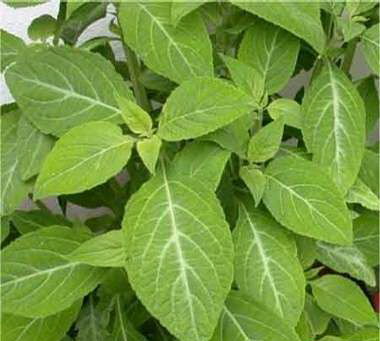| Product Name: | Shikimic acid | |
| Product Type: | Standard Extracts | ||
| Usage: | |||
| Clicks: | 1884 | ||
| Release Time: | 2012-05-25 | ||
| Introduction | |||
Product Name: Shikimic acid English Name: Shikimic acid Molecular Formula: C7H10O5 Molar Mass: 174.15 g mol−1 CAS NO: 138-59-0 Structure: Specific rotation: -180 º (c=4, H2O 25 ºC) Refractive index: -180 ° (C=1, H2O) Solubility: 18 g/100 mL (20 ºC) Melting Point:185―191℃ Apearance:white or Light Gray powder Shikimic acid, more commonly known as its anionic form shikimate, is an important biochemical metabolite in plants and microorganisms. Its name comes from the Japanese flower shikimi, from which it was first isolated In the pharmaceutical industry, shikimic acid from the Chinese star anise is used as a base material for production of oseltamivir (Tamiflu). Although shikimic acid is present in most autotrophic organisms, it is a biosynthetic intermediate and in general found in very low concentrations. The low isolation yield of shikimic acid from the Chinese star anise is blamed for the 2005 shortage of oseltamivir. Shikimic acid can also be extracted from the seeds of the sweetgum fruit, which is abundant in North America, in yields of around 1.5%. For example, 4 kg of sweetgum seeds is needed for fourteen packages of Tamiflu. By comparison, star anise has been reported to yield 3 to 7% shikimic acid. Biosynthetic pathways in E. coli have recently been enhanced to allow the organism to accumulate enough material to be used commercially. A 2010 study released by the University of Maine showed that shikimic acid can also be readily harvested from the needles of several varieties of pine tree. Shikimate can be used to synthesise (6S)-6-Fluoroshikimic Acid, an antibiotic which inhibits the aromatic biosynthetic pathway | |||







 Shikimic acid
Shikimic acid 
